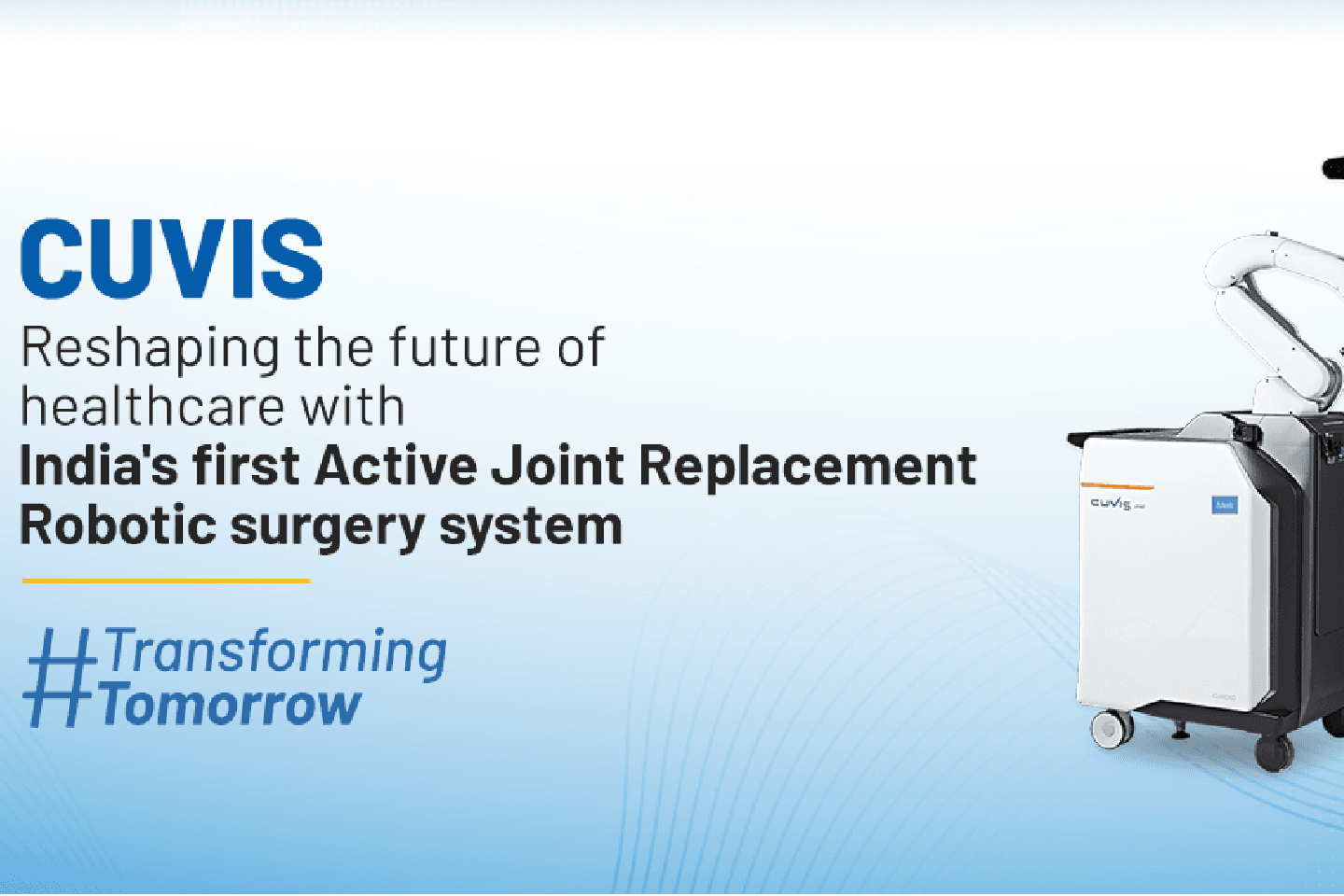
What is knee replacement surgery?
Knee replacement surgery, also known as knee arthroplasty or total knee replacement, is required when the knee joint has been damaged by arthritis or severe knee injury. The purpose is to relieve pain and stiffness and restore regular function. The damaged bone and cartilage are removed and replaced with a prosthetic joint made of metal or plastic.
There is total knee replacement, , where both sides of the knee joint are replaced, and there is partial knee replacement which focuses on one part of the damaged knee.
Why does one need knee replacement surgery?
The most common reason for a knee replacement surgery is damage, severe pain, and avoiding any potential disability caused by osteoarthritis.Knee replacement surgery is usually recommended when there is no improvement to the condition after physiotherapy, medication, and steroid intake.
Patients who require knee replacement surgery often have trouble walking, climbing stairs, and doing other activities that require the use of knee joints. Some people experience knee pain even when they are stationary. Osteoarthritis is a degenerative disorder that causes the erosion of the protective cartilage that covers the ends of bones and is the primary reason for knee replacement surgery.
This cartilage damage can inhibit flexibility in movement and cause pain. Swelling of the knee joints is also common. Other reasons can be damage from rheumatoid arthritis, an autoimmune disease that can attack one or more joints in the body. Swelling, stiffness, and pain are common and can exacerbate over time, leading to major joint damage.
What to expect before and after a knee replacement?
The doctor recommends this surgery after getting a complete overview of your knee joint. You will also go under blood and other diagnostic tests so that the doctors are sure you can go through with the operation. Before the surgery, you will be briefed on how to prepare for D-Day, like stopping the intake of certain medications. You will most likely be asked not to eat anything for at least 12 hours before the operation.
You will have to stay in the hospital for several days post-surgery, so your condition can be monitored. You will be given specific aftercare instructions and advised to go for physical therapy to regain muscle strength and manoeuvre easily. You will be using some form of support to walk around until you have entirely recovered.
Though knee replacement surgeries are routine, there is a possibility of facing some side effects and complications, like:
- Stiffness in the knee
- Nerve damage
- Bleeding
- Infections
- Fracture
- Loosening of the prosthetic
- Clicking or grinding sound while the joint is in use
- Serious risks like heart attack, allergic reactions, stroke, haemorrhages, blood clot complications
What is a knee replacement revision surgery?
Knee replacement revision surgery happens when the first knee replacement attempt does not provide the desired surgical outcome or faces complications requiring revision. The original prosthetic piece is removed, and a new one is placed. The need for knee replacement revision can happen over a short and long time. Although both procedures aim to alleviate pain and improve function, revision surgery differs from primary total knee replacement surgery
Knee revision is a relatively long, more complex process than knee replacement, so it necessitates cautious planning and specialised implants and tools for optimum results. The operating time is also longer, while the rehabilitation post-surgery is slower. Knee revision is complex because the surgeon will remove the old prosthetic, which would have fused.
Why does one need a knee replacement revision surgery?
Patients may experience pain, inability to move freely, and swelling after the Knee replacement surgery. The reasons for this can be:
Short term
- Infection pre and post-surgery. Other factors, like smoking, can increase your vulnerability to infection.
- Loosening of the prosthetic implant due to possible faulty fitting
- Mechanical complications arise from component fracture (Femoral or tibial) and hinge knee prosthesis fracture.
Long term - Wear and tear over time lead to the loosening of the prosthetic
- Stiffness that restricts the full range of motion
- Instability, a sense of your knee 'giving away.'
- Leg fractures
- Dislocation
- The other factors to consider
The life of a knee implant and the patient's age are also contributing factors for Knee replacement revision. Usually, knee implants have a life of 15 to 20 years, so in young patients, the need for knee replacement revision surgery to re-fix the implant, clean the surface of the bone or even replace the old implant with the new one may arise after the expiry of the life of the original implant. - Another important factor to consider when assessing the need for knee replacement revision is the patient's weight and activity levels. People who are overweight or those leading inactive life can be prone to implant complications.
What to expect before and after a knee revision surgery?
Knee revision can become tougher when done for a third, fourth, or fifth time, so it should never be done in vain. That is something that your doctor will indeed specify to you. Pain is a major complaint and a suspected reason, but identifying the source of this pain should be paramount before deciding on this corrective surgery. Standard imaging and diagnostic tests will take place before the decision to go for surgery. A joint fluid sample may also be taken for examination.
As mentioned earlier, knee revision surgeries can be longer than the initial replacement. About two to three hours in the operating theatre should be expected. The implant is first removed, then assessing whether bone grafts are needed in case of significant bone loss. In some cases, metal wedges, wires, or screws may be employed to strengthen the bone. Finally, revision knee implants are installed.
Typically, temporary drains are used to obtain fluids or blood that may have remained after surgery. Post-operative care of knee revision is like knee replacement; your doctor will brief you on the dos and don'ts. Physical therapy and adequate medication to avoid infections and alleviate pain are integral for post-op recovery. You will need additional help from a walking stick, a walker, or crutches.
Complications that can arise after knee revision:
- Infection
- Bleeding
- Damage to nerves or blood vessels
- Intra-operative fractures
- Deep vein Thrombosis or blood clots
- Pulmonary embolism
MERIL LIFE OFFERS
OPULENT BIONIK GOLD KNEE for knee replacement surgeries that people with osteoarthritis and rheumatoid arthritis undergo. Salient features include:
- TiNbN coating with the least wear property
- The hardest surface
- Twice the strength of implants of the same nature
- Made of biocompatible non-allergic material
Ideal for young and old patients looking to restore function in their knees
OPULENT BIONIK GOLD KNEE prevents direct contact of the base material with the surrounding tissue and reduces the release of particles and ions due to wear
Final note
Knee replacement surgeries are known to have high success rates in young and old patients who have had joint damage. Restoring function and alleviating pain is the primary goal of these surgeries. However, there is a low chance of complications arising from such surgeries. The usual route to counter this is revision surgery, which is complex and longer. Both surgeries have the same post-operative care methods.
SHARE NOW



